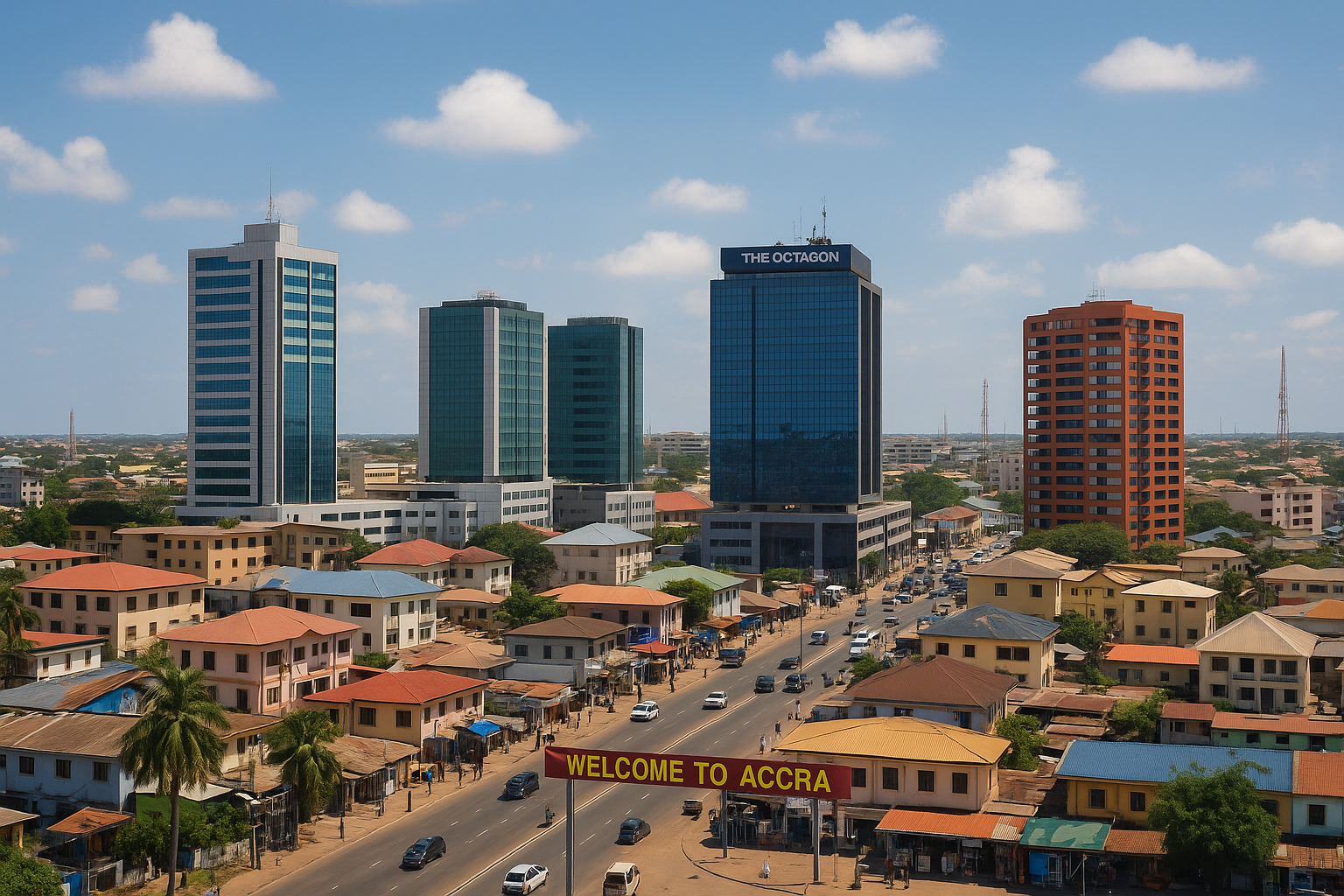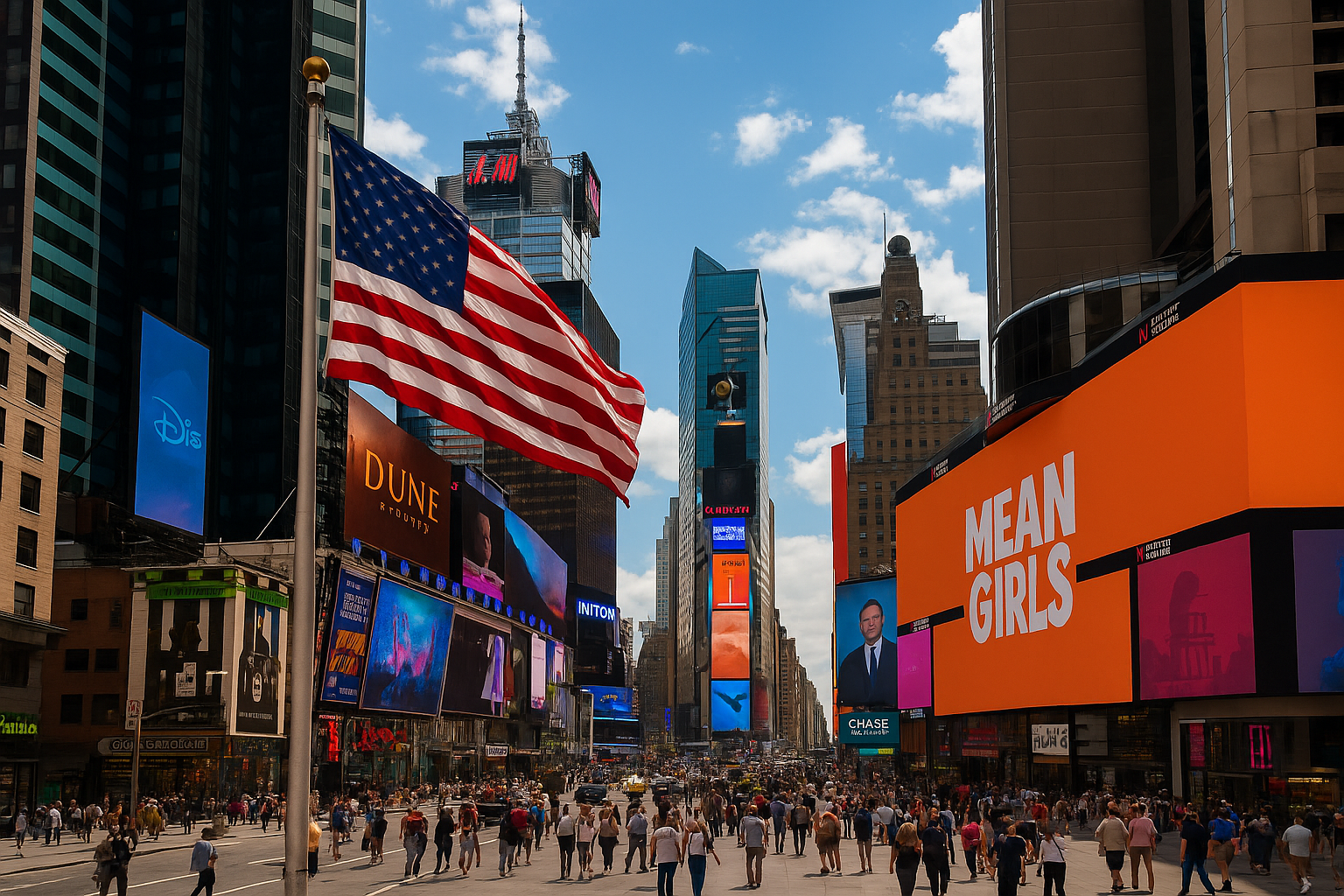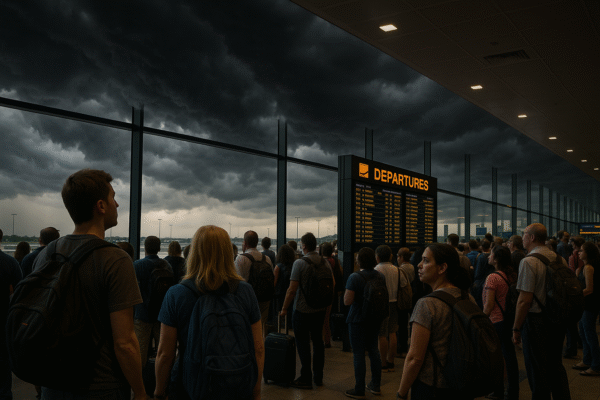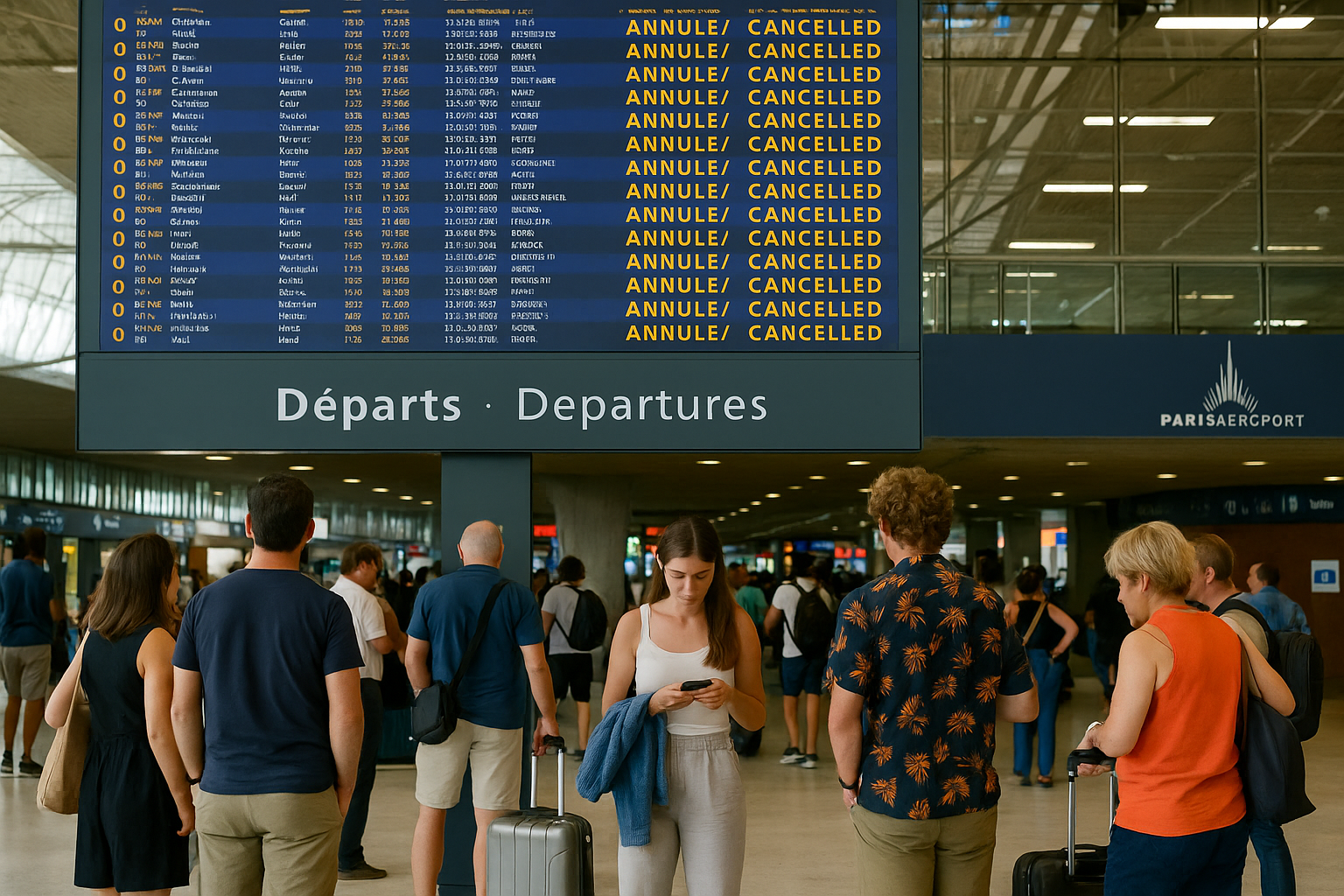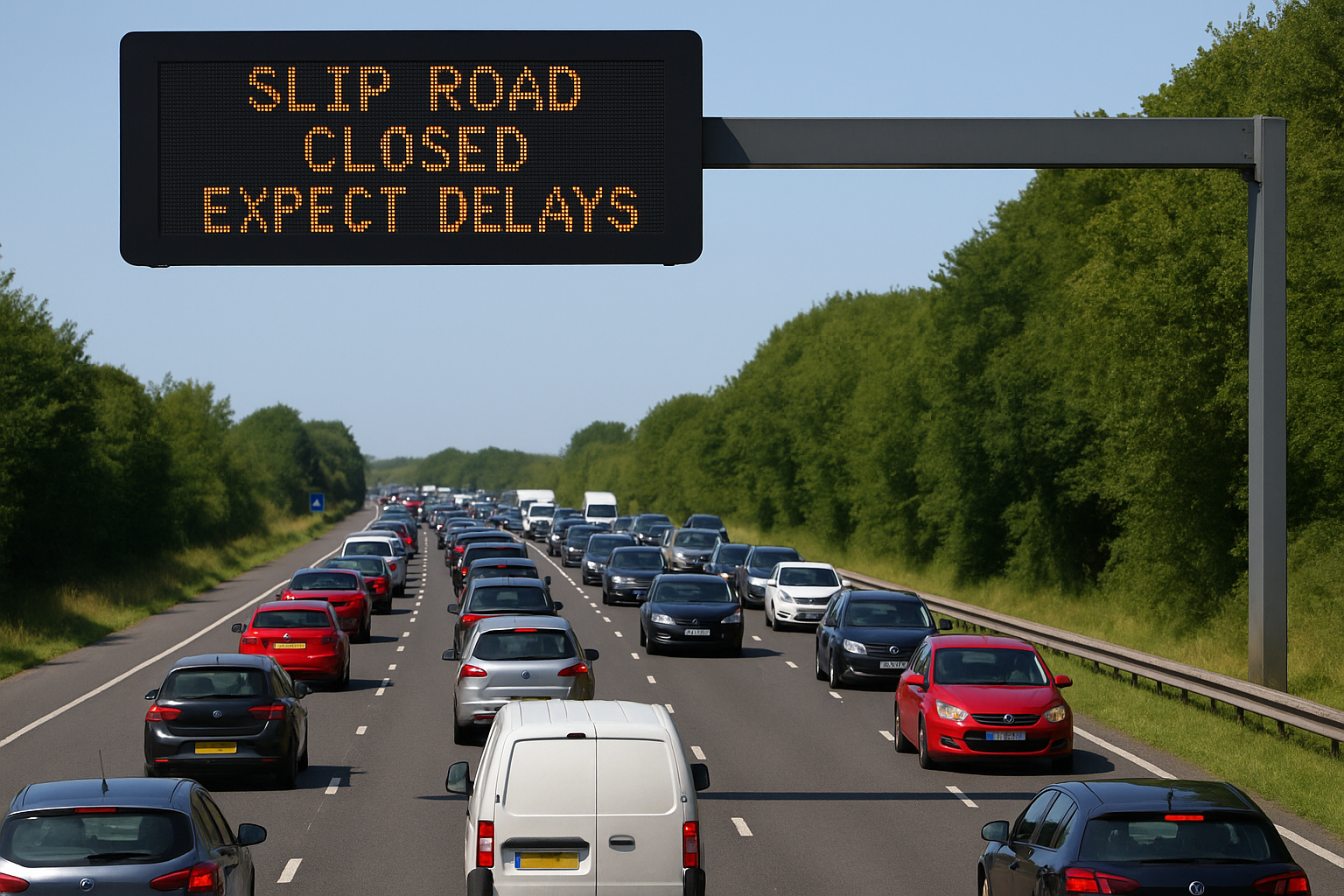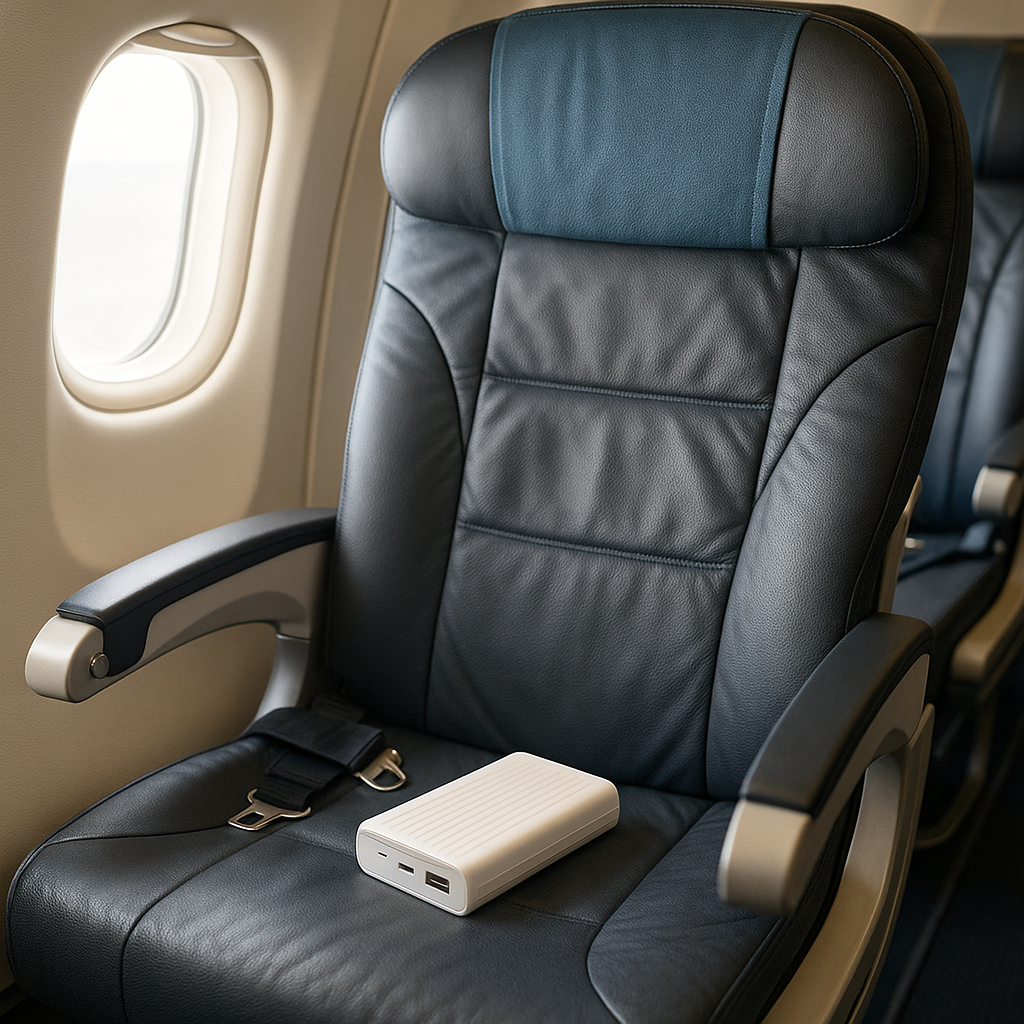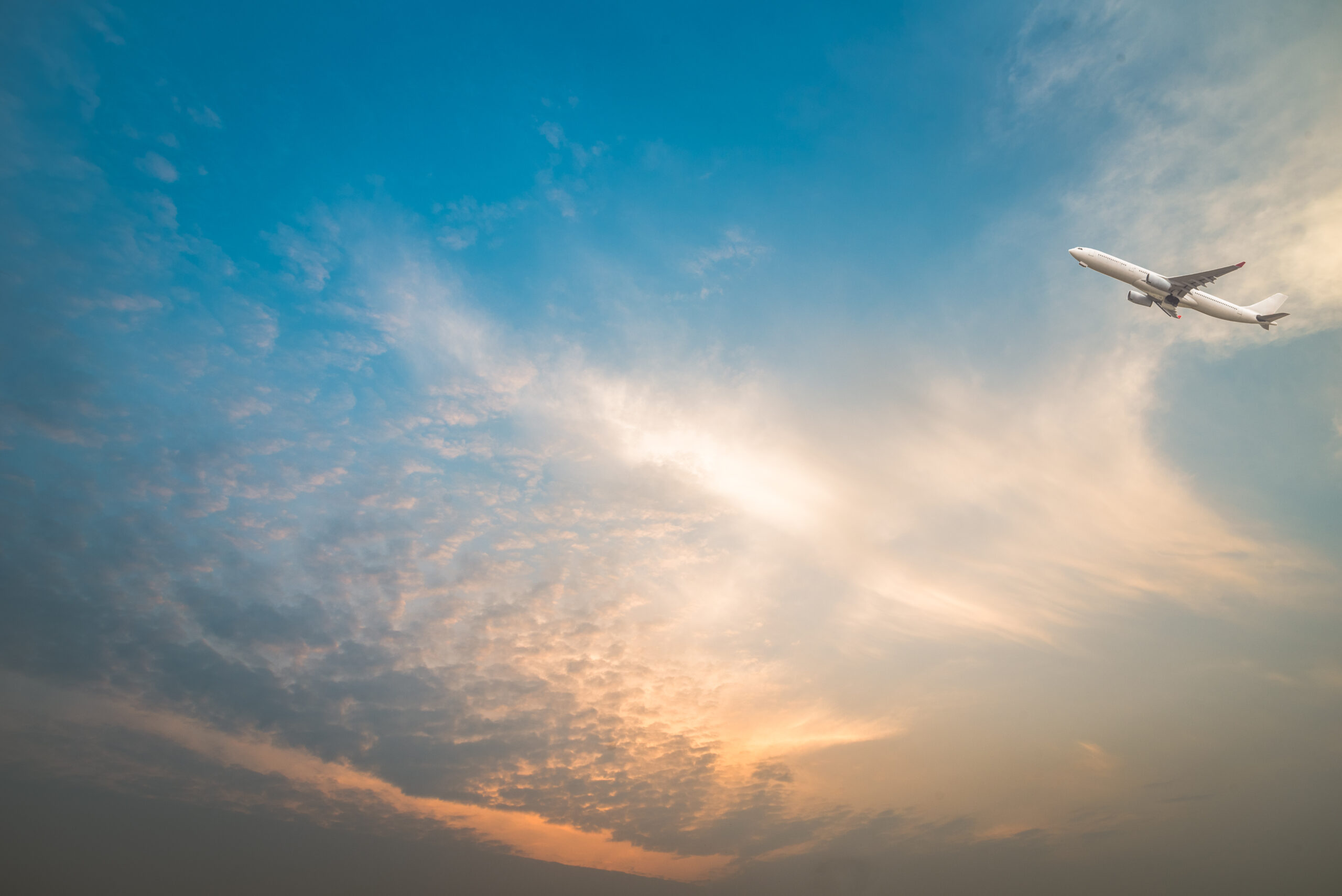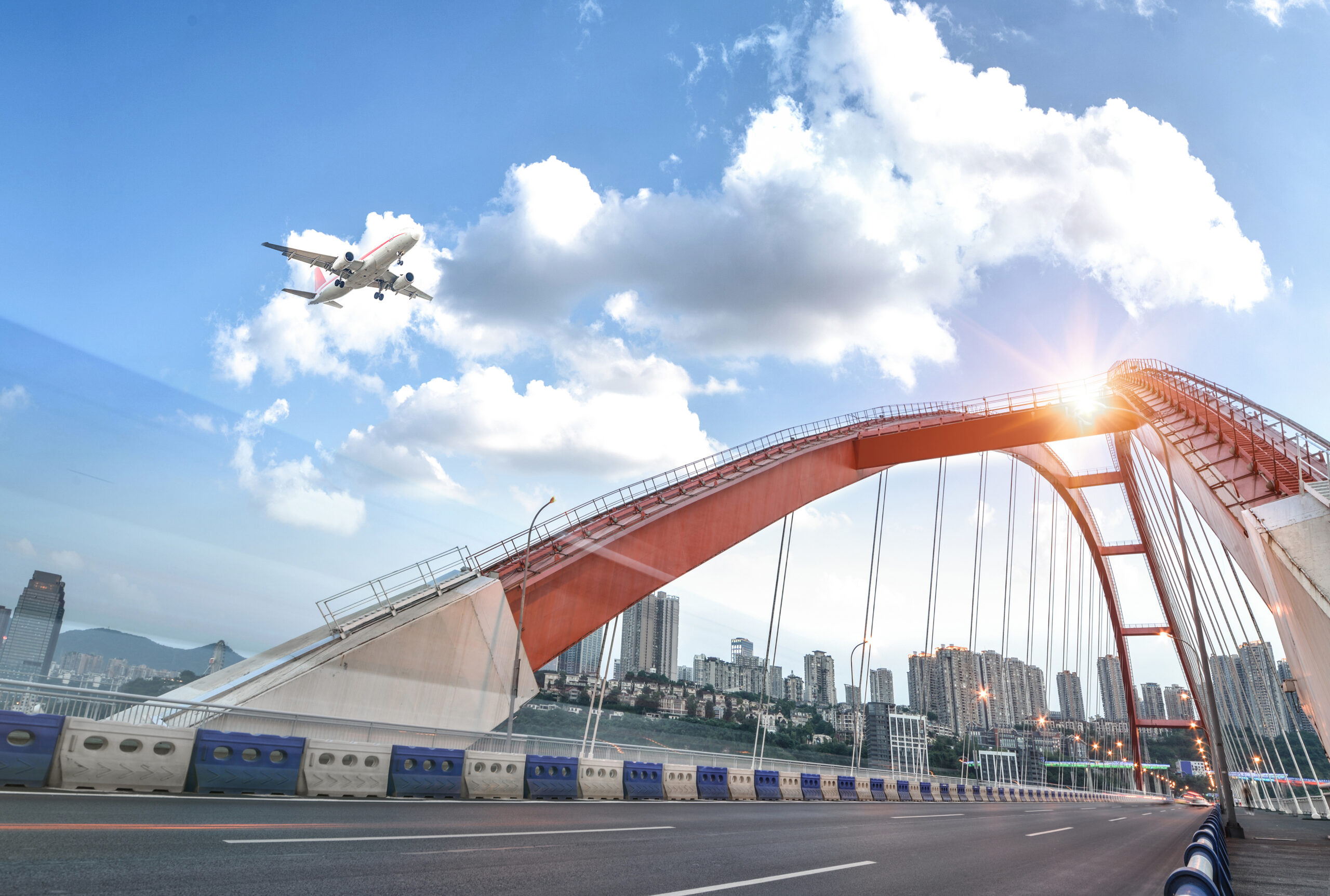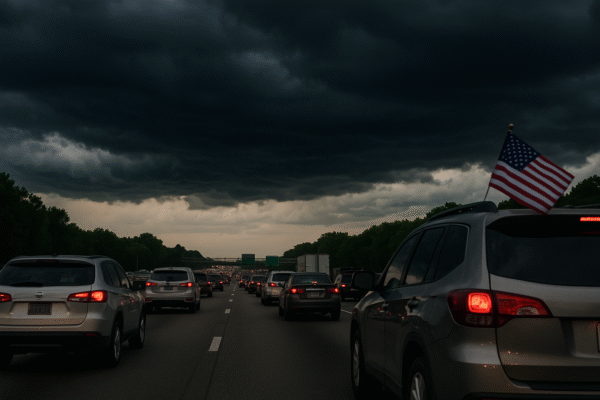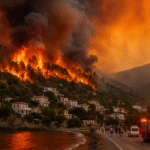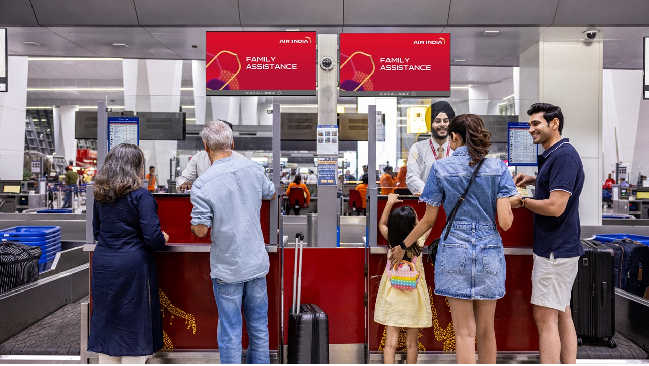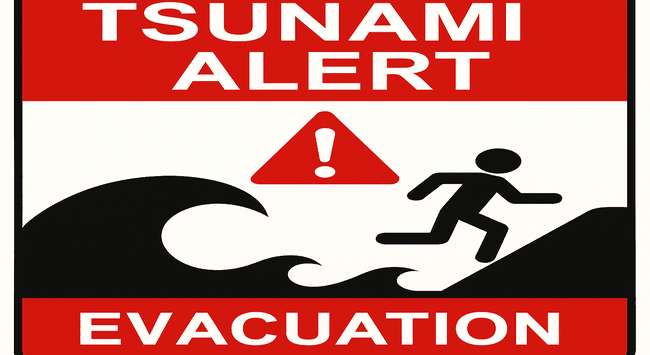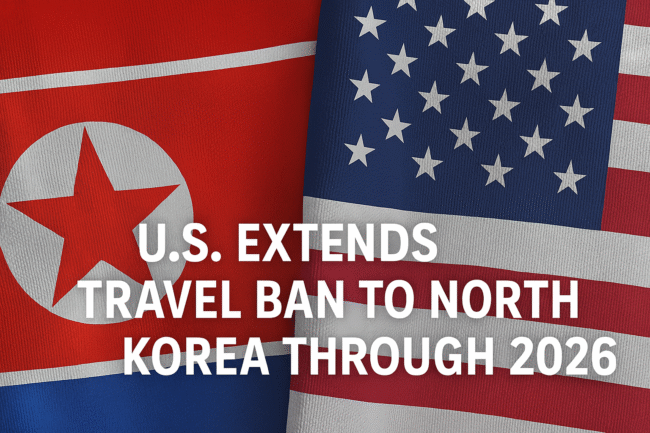✈️ Record‑Setting Travel Surges
- AAA forecasts a staggering 72.2 million Americans traveling 50+ miles from June 28–July 6—the highest on record, a 1.7 million increase year-over-year and 7 million more than 2019
- Road travel dominates, with 61.6 million motorists (a 2.2% rise) and air travel topping 5.8 million flyers—both marking new peaks
🌩️ Storm Alerts & Weather Warnings
- A potent cold front and storm system is forecast to sweep the Northeast, Ohio Valley, and Southeast before and over the holiday. Expect heavy rain, gusty winds, hail, and flooding risks—particularly along I‑95 and eastern airports
- New York City, Washington, D.C., Philadelphia, and Boston face flood watches and potential 3‑inch rainfall, while Northeast airports (Newark, LaGuardia, DCA, BOS, PHL, ORL) have seen operational ground‑stops, with ~600 flight cancellations and 1,900 delays already recorded
✈️ Airport & Flight Disruptions
- Atlanta’s Hartsfield‑Jackson saw severe storm‑related chaos: ATC tower evacuation, hundreds of flight cancellations, hail‑damage inspections, with ripple effects expected into the weekend
- Albany International Airport predicts over 40,000 passengers in the July 4 weekend—mirroring pre‑pandemic volumes. Early arrivals, TSA PreCheck, and REAL ID compliance are advised
🚗 Road Travel Congestion & Timing
- Peak congestion on Friday, July 4 from noon–7 p.m., with most traffic experts recommending departures before noon
- INRIX highlights July 2 and July 6 as the busiest driving days; morning departures reduce delays
- In the Bay Area, travelers on I‑4 between Tampa and Orlando should return around 3:45 p.m. on July 4 to avoid peak traffic and storms
- Drivers should be prepared: AAA reports nearly 700,000 roadside-assistance calls during last July 4 weekend—emergency kit and pre-trip maintenance are essential
🕒 Traveler Preparedness Tips
- Check frequently with airlines for flight status; use apps for real-time alerts.
- Stay flexible: schedule early‑morning departures, or shift to evening/evening‑late drives.
- Pack smart: snacks, water, chargers, and roadside emergency gear.
- Monitor local weather alerts via NOAA or weather apps—heavy rains may hit even on holiday.
- Plan alternate routes & indoor backup for celebrations in case of storms.
- Follow TSA rules: no fireworks or sparklers in luggage; adhere to 3‑1‑1 liquids rule
- Use REAL ID or passport for air travel; consider TSA PreCheck to speed security
🧭 Regional Weather Snapshot
- Northeast: Thunderstorms possible Thurs–Fri (July 3–4), then clearing into weekend
- Southeast & Florida: Tropical moisture may lead to heavy rain and storm alerts—Sunday and Monday remain vulnerable .
- West Coast & Mid‑America: Mostly clear, mild, and ideal conditions for outdoor festivities
🎆 What It Means for the Travel & Hospitality Industry
- Airlines & airports face intense pressure: NWS storm warnings, pre-holiday surges, and TSA checkpoints require strategic ramping-up of staffing & monitoring.
- Roadside assistance services, rental car agencies, and fuel retailers should pre-deploy resources strategically.
- Hotels, hospitality venues, event organizers must prepare for cancellations, indoor relocations, and storm‑related demand shifts.
- Retailers need robust stock of travel essentials—travel kits, chargers, bottled water, and weather‑proof gear.
- Destination planners should adjust outdoor event schedules and leverage digital platforms for real-time updates.
✅ Bottom Line
The July 4 long weekend—especially with the holiday on a Friday—promises record-breaking travel volumes. However, an advancing storm system poses disruptions across key corridors. Industry partners must coordinate capacity, communication, and contingency plans. Travelers can reduce stress by staying informed, flexible, and well-equipped.
Wishing everyone a safe and enjoyable Independence Day—may your travel be smooth, weather be friendly, and celebrations stress-free!
Read more news, follow Global Travel Wire.
Disclaimer: This image is AI generated and may bear no resemblance with actual fact or images.
